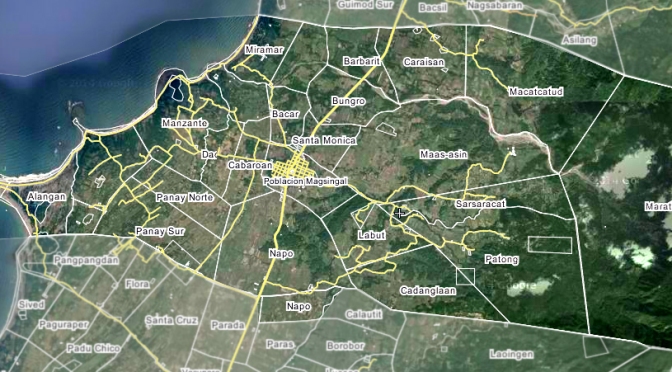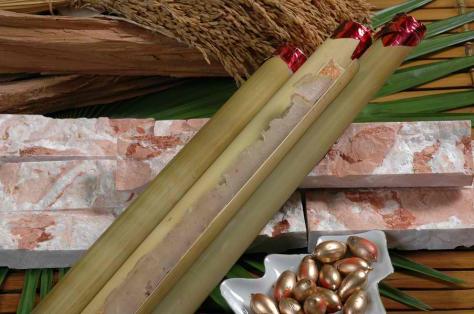Of the eleven (11) municipalities of the first district of the Province, Magsingal produces the most Virginia tobacco, Garlic comes next as its cash crop.
The major industries of the people are centered on agricultural produce. Prominent among them in addition to rice, the basic staple food, are maguey and cotton. Processing of lime, bricks, and tanks for nail making are common sites in most Barangays. Patches of maguey and potted products like earthen rings, pots, stoves, etc.
From the early American regime, Magsingal started to emerge as an educational center. The first Gabaldon School catering to the elementary educational needs of the residents of the town north of Vigan was established in the municipality. To this date, it has two secondary schools properly serving the clamor for secondary education not only of Magsingal but also the neighboring towns.
The potentials that await development are the fishing industry because of its good fishing grounds, tourism industry because of its fine beaches, and processing industries.
AGRICULTURAL USE
Agriculture is the most dominant land use in the whole municipality with 3,872.72 hectares or 45.56 percent of the total municipal land area devoted to said use. These are devoted to the production of rice, corn, vegetables, tobacco, root crops, and fruit trees. Suitable portions of the hilly areas have been converted to crop production conformable with the intensive farming program of the government. Products raised along slopes of low hills are root crops, vegetables, bananas, mangoes, and other crops and trees.
Agro-forest land of 3,450 hectares or 40.59 percent of the municipality’s land area. This is utilized for bamboo, fruit and non-fruit trees production found in the lower portion of Barangay Maratudo and higher portions of Cadanglaan, Labut, Patong, Sarsaracat, Macatcatud, and Maas-asin.


